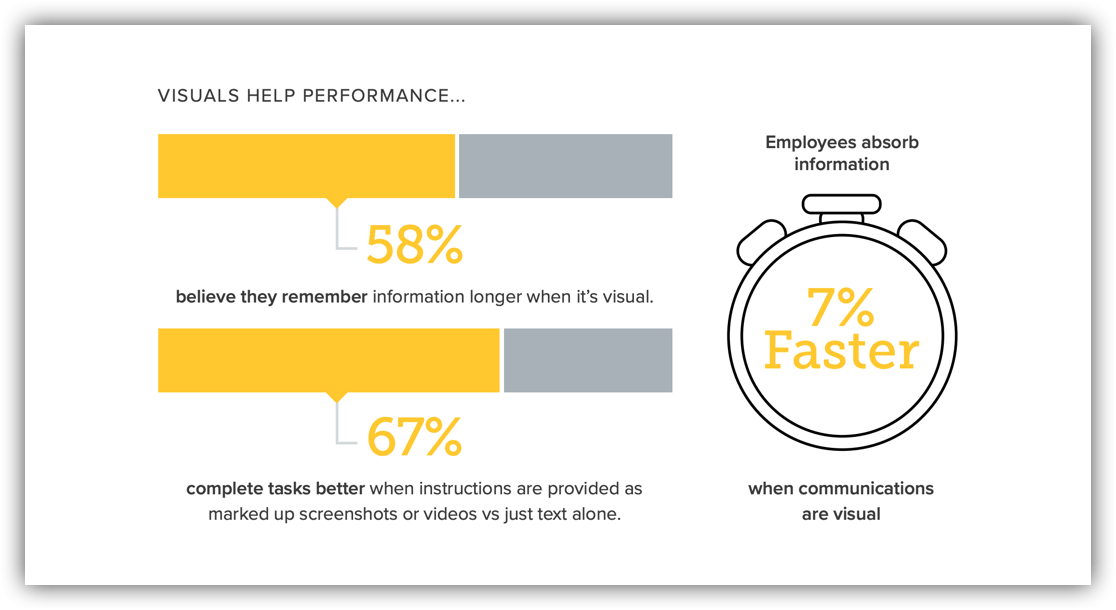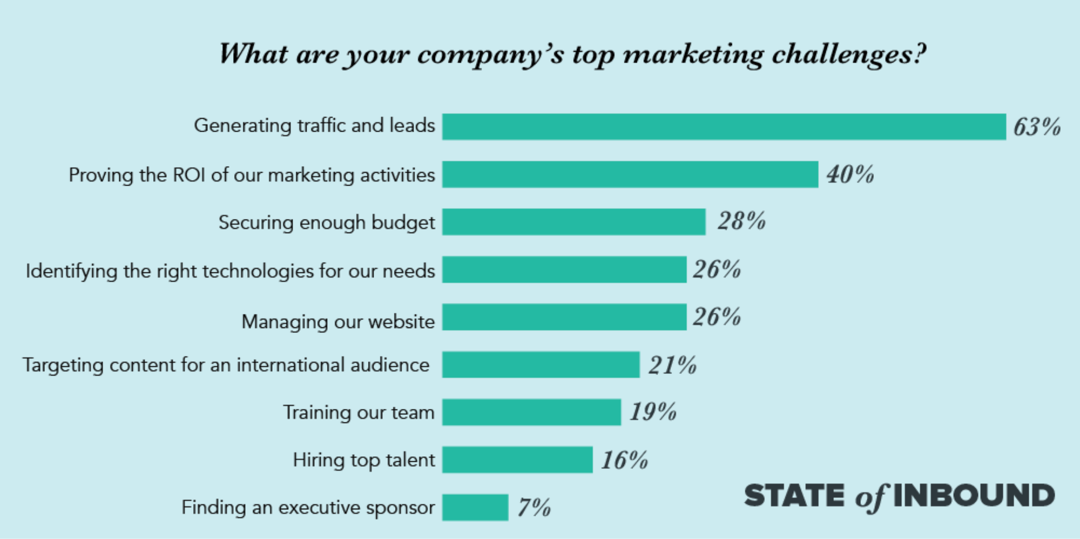While it may be one of the most popular forms of content, video has also become incredibly important to modern consumers.
With people always on the hunt for information that’s easy to access and quick to digest, it’s no wonder that how-to videos have emerged as the go-to medium for those looking for answers to their questions.
Think about it, how many times have you used a search team that starts with “how to” when looking for a YouTube video? Even when you’re searching on Google, there’s a good chance you’ve chosen to watch a video over reading an article.
As well as educating audiences, how-to videos give brands the chance to connect and communicate their values to audiences in a relatable way. It’s about showing users the ‘how’ while also introducing them to the ‘who’ behind the product or service. But what exactly is a how-to video…?
The ultimate guide to making amazing videos
Watch our video and get great advice on how to start making videos, promotion, and more.
Watch more
What is a how-to video?
Put simply, a how-to video is an engaging visual guide created to educate viewers about specific products, processes, subjects, and skills. In other words, it’s a video on how to do something. From product demos to tutorials, each type of how-to video boasts its own distinct style, advantages, and best use cases.
For example, if someone needed to concisely break down complex concepts, they might use an explainer video to do just that. These are typically short clips that are used to demystify convoluted ideas. If, on the other hand, you needed to provide meticulous, step-by-step guidance in a ‘follow-me’ format, you’d want to use an instructional video.
We’ll be taking a closer look at some different how-to video examples in this post, but first, let’s explore the distinct advantages of how-to videos.
What are the Advantages of Creating How-To Videos?
Any brand that truly understands the power and purpose of a how-to video, knows that it’s not just about creating content for the sake of it, it’s about proving its commitment to an audience and showing that there’s more to business than just transactions.
These aren’t just step-by-step guides; these are bridges between brands and audiences. If that’s not reason enough to start using them, then here are a few more:
- Boost awareness: How-to videos provide a stage where brands can showcase their expertise and ethos. Every time a viewer clicks play, they embark on a journey that combines learning with brand discovery. It’s not just about the “how-to” — it’s also about the “who” behind it.
- Convert prospects: While the primary function of these videos is to educate, they can also be very persuasive. Understanding can be the difference between browsing, and buying. This means that anyone who understands a product or service is more likely to become a customer.
- Engage users: As humans, we all love a good story. The visual and auditory nature of videos caters to our innate preference for storytelling. By offering a clear and engaging narrative, you’re not just informing but also building a rapport with your customers.
- Add value: There is a vast ocean of promotional content out there, and the best way to stand out from the crowd is to offer your audience genuine value in return for the time and attention. By showcasing a dedication to customer success, good how-to videos are a testament to a brand’s commitment to its customers, not just sales.
- Build credibility: Consistently delivering valuable content is a great way for a brand to position itself as an expert in its field. It’s not just about marketing; it’s about educating users and helping them make the most of a product.
Now that you know what a how-to video is and the benefits of using them, let’s take a look at some examples so you can start planning your own.
The ultimate guide to making amazing videos
Watch our video and get great advice on how to start making videos, promotion, and more.
Watch more
Three how-to video examples you can learn from
In this section, we’ll take a closer look at three types of how-to videos. These examples have been hand-picked by us, not just for how effective they are, but also for how easy they’ll be to recreate and employ in your own training or marketing strategy.
1. Explainer video
A great explainer video focuses on the ‘why’ question as well as the ‘how’.
They help people understand why your product, service, or even internal process is important — and they’re in high demand! According to this 2023 report from Wyzowl, “96% of people have watched an explainer video to learn more about a product or service.”
What is an explainer video?
In a nutshell, an explainer video is a short description (usually under two minutes) that showcases a company’s brand, product, or service. While these are often used as external marketing videos, businesses can also create internal explainers to share something within a team.
Why should I make one?
Creating an explainer video is a great way to share information and help your viewers understand how you can help solve their problems.
For example, you could create a short screencast for a colleague to not only show them how to do something, but why it’s important. A little context can go a long way in helping people to see the bigger picture.
Example
In this explainer example, Grammarly takes just 60 seconds to explain how their product can help users improve their writing, and why that’s so important.
Key takeaway
This is a particularly well-produced example that uses customer testimonials to explain how Grammarly works, while also using animated overlays of the software in action. It’s like a show and tell!
You don’t need a big budget, an extensive cast, or even fancy animation software to pull something like this off. Creating a video like this can be as simple as recording your screen and making a few small edits.
In fact, with TechSmith’s Camtasia, you can create a picture-in-picture video that will have a very similar effect.
2. Software demo video
According to our friends at Wyzowl, “78% of people say they’ve been convinced to buy or download a piece of software or app by watching a video.”
So, if you’re selling a product or service, then you need a good product demo video — especially if it’s powered by software. Because once people understand the ‘why’ they really need to know the ‘how’, and providing that information is key to turning prospects into customers.
The Marketer’s Ultimate Guide to Video
In our FREE ebook, we’ve put together practical strategies to get out of the woods and create engaging, powerful video content on your own that reaches your audience.
Download now!
What is a software demo video?
A software demo (or product demo) demonstrates the features of a particular product — the clue is in the name.
Because a demo should take as much time as you need to effectively show your product, its total runtime doesn’t matter too much. What is important however is to ensure you don’t waste any time on giving your audience unnecessary information.
While it may only take a few minutes to effectively demonstrate some products, others could take up to half an hour — it all depends on the product. Just be sure to focus on nothing other than the essentials.
Why should I make one?
A compelling product demo can be a great sales and marketing tool that helps to inform and educate your audience. Similar to explainer videos, the best demos showcase the value of your offering and convince your viewers why they can’t live without it.
When people can see how your product works for themselves, they’ll be more likely to see the benefits of using it. This means your content will be much more memorable than a load of text or a static presentation.
Remember, every demo video should answer the following questions:
- Why would someone want to use your product?
- What are they trying to achieve, or what pain point are they trying to solve?
- How does your product make your customer’s life easier?
Example
Key takeaway
This video does a great job of explaining why and how someone can use Workflowy to replace their traditional to-do lists. First, they list the problems that their potential customers face before showing how their solution is the answer to their problems.
3. Instructional videos
No matter what your job is, you’ve probably been asked questions time and time again, that could have been answered with a video. Whether you’re trying to demonstrate a product feature or onboard a new employee, instructional videos are very effective in walking users through a process.
There are several types of instructional videos you can make, including:
What is an instructional video?
While some people might call them a ‘how-to video’, a ‘tutorial’, or even a ‘training video’, instructional videos come in all shapes and sizes. Whatever you call them, the power of a good instructional video can’t be understated.
At their core, these videos help answer questions and instruct people how to do something they didn’t know. It’s like magic!
Why should I make one?
67% of people are better at completing a task when the information is presented via video. And, 48% of people find video the most engaging form of communication, compared to just 15% who find text the most engaging.

In other words, showing what you’re trying to explain will have a greater impact than simply telling it (hence the saying ‘show don’t tell’).
We have a whole post on how to use visual communication, and why it matters. But if you’re a bit pushed for time you might prefer to check out our infographic that explains why effective video communication is more important than ever.
Making great instructional videos allows you to give the best answers to your users’ questions, but that doesn’t mean they should only be used to help customers.
Hubspot found that one of the key marketing challenges companies faced was training their teams. So, even if you’re only thinking about creating instruction videos for your team, now is the perfect time to start.

A video is a great way to train teams and share information throughout an organization. Creating a video that can be used again and again will save time, effort, and resources in the long run — but they’re also much more engaging than traditional instruction methods.
Example
Key takeaway
We like this one for a few reasons:
- Even though this video is mostly a screen recording, Asana took the time to record an intro and outro featuring a real person, which helps bring some personality into what could have otherwise been a pretty boring subject.
- It’s relevant. For any users new to Asana, this video provides an easy-to-follow explanation and demonstration of how it can optimize your workflow. Perfect for employers looking to help their teams adopt new software and get the most out of it.
- It’s short and sweet. The introduction lasts just 22 seconds, and then it’s straight into giving the audience what they want, without wasting any time on unnecessary information.
The ultimate guide to making amazing videos
Watch our video and get great advice on how to start making videos, promotion, and more.
Watch more



Share